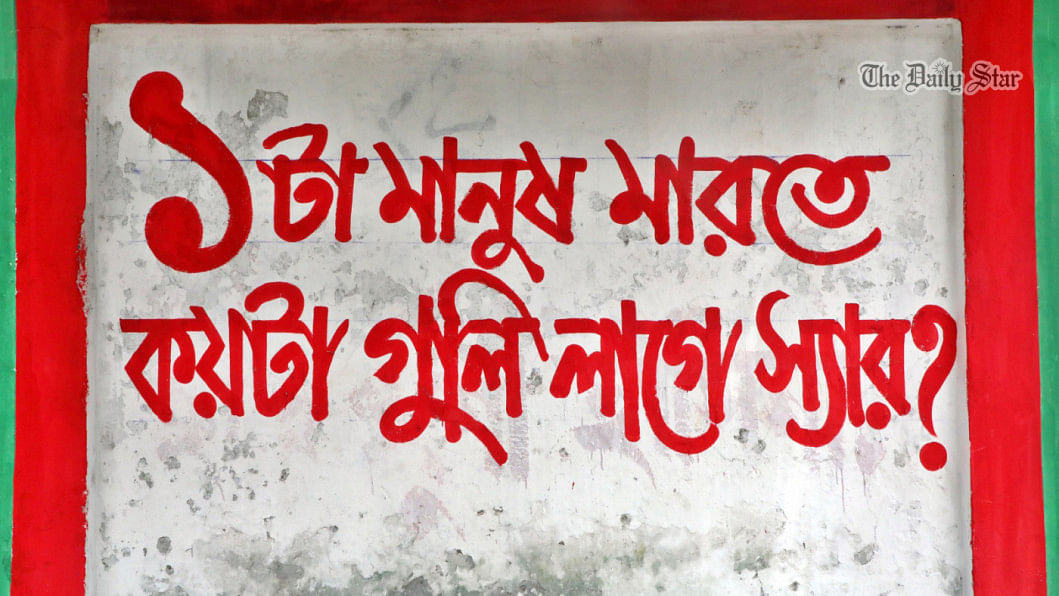In pictures: A revolution told in graffiti
In a powerful transformation, the walls of Dhaka University and its surrounding areas have been revitalised by student-led groups.
These walls now serve as a vibrant canvas, adorned with messages of resistance, poetry, and art that reflect the spirit of a community in pursuit of change and echo the aspirations for a discrimination-free Bangladesh.







 For all latest news, follow The Daily Star's Google News channel.
For all latest news, follow The Daily Star's Google News channel. 

Comments